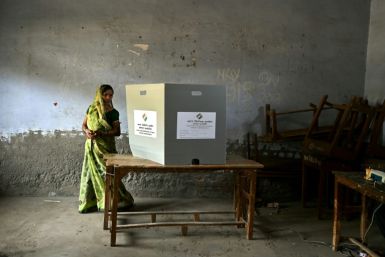Number of Lonely People in Melbourne Going Up
The number of lonely people in Melbourne is going up. A report by the Grattan's Institute said the proportion of people with fewer friends and good neighbours is on the decline compared to two decades ago.
About 25 per cent of all households in the city are single-person homes, the Social Cities report said. In the next 40 years, their number is expected to quadruple to 1.8 million, the study warned.
Besides single people, those at risk of loneliness are older people, single parents and people with limited English-speaking capability.
The growing number of such kinds of households affects social interaction which is considered critically important to all humans. The decline of social interaction is felt particularly in the most vulnerable and fastest growing group, pointed out Jane-Frances Kelly, author of the report.
A 2011 study by the Australian Housing and Urban Research Institute (AHURI) found that people who felt lonely daily had higher rates of self-assessed poor health compared to those who said they rarely or never felt lonely.
"To address this problem, the report recommended a change in the way urban planners build and organise its cities which helps or hinders social connection.
"At worst, failed approaches can 'build in' isolation, with long-term damage to quality of life and physical and mental health,' Ms Kelly said.
"If Australian cities are to absorb larger populations and improve quality of life for all residents they need to do a better job of meeting our psychological as well as our material needs,' she added.
Ms Kelly said that at the neighbourhood level and even down to single streets, public and private spaces can be adapted to push for a greater sense of community. She added a poorly designed community, even if it has a large community space, does not promote social connection. Thus, seating and play equipment in such areas remain unused in the middle of large open spaces and do not provide much use because of the residents' feeling of being exposed and vulnerability.
"For instance, just knowing who your neighbours are is highly associated with wellbeing, perhaps because you know if there is some sort of emergency you call on them, and that provides comfort," Ms Kelly said.
The report recommended that in commercial business districts, designers incorporate soft edges to buildings such as the use of stairs or levels to double as seats. This would encourage people to stop and talk. It also recommended less blank walls because blank walls discourage people from spending time on the street and passers-by instead increase their walking speed and hurry past such places.
Another recommendation of the report is for more emphasis in suburban streets to pedestrians rather than vehicles since the tendency is for activities to take place in back yards which are isolating and fail to build links with neighbours.
The AHURI report cited examples of other planning and urban design changes made in other cities outside Australia such as pop-up cafes in New York parking spaces, organised neighbourhood street lunches in some British cities and adult playgrounds in Beijing that have gentle aerobic and muscle-building equipment.
In Los Angeles, urban planners took over foreclosed properties at the height of the subprime mortgage crisis and converted it into pocket parks which help boost the value of the remaining houses and communities.






